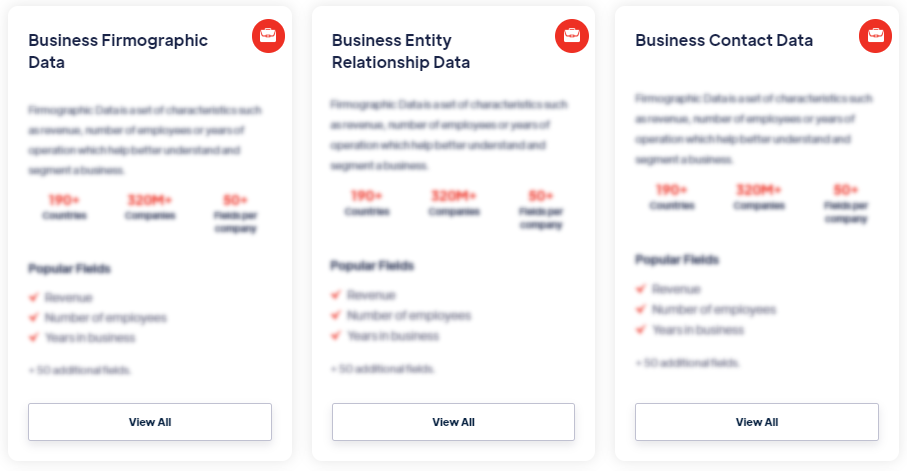Best
Solar Radiation Data
Products
Solar radiation data typically includes measurements of solar irradiance, which represents the amount of solar energy received per unit area. It includes metrics such as global horizontal irradiance (GHI), direct normal irradiance (DNI), and diffuse horizontal irradiance (DHI). Additionally, it may include other related parameters like solar zenith angle, solar azimuth angle, and clear-sky models. Read more
Our Data Integrations


Request Data Sample for
Solar Radiation Data

Browse the Data Marketplace

Frequently Asked Questions
1. What Does Solar Radiation Data Include?
Solar radiation data typically includes measurements of solar
irradiance, which represents the amount of solar energy received
per unit area. It includes metrics such as global horizontal
irradiance (GHI), direct normal irradiance (DNI), and diffuse
horizontal irradiance (DHI). Additionally, it may include other
related parameters like solar zenith angle, solar azimuth angle,
and clear-sky models.
2. How is Solar Radiation Data Measured?
Solar radiation data is measured using various instruments,
such as pyranometers, pyrheliometers, and sun trackers.
Pyranometers are used to measure the total solar irradiance,
while pyrheliometers measure the direct normal irradiance. These
instruments are typically deployed in weather stations or solar
monitoring stations and provide continuous measurements of solar
radiation levels.
3. What Can Solar Radiation Data Be Used For?
Solar radiation data is used for a range of applications,
including solar energy resource assessment, solar power system
design, and solar forecasting. It helps determine the solar
energy potential of a location, optimize the sizing and
orientation of solar panels, estimate energy generation from
solar systems, and support energy planning and policy decisions.
4. What Are the Benefits of Solar Radiation Data?
Solar radiation data provides valuable insights into the solar
resource availability at a given location. It allows for
accurate estimation of solar energy potential, enabling
efficient utilization of solar energy for various applications.
It supports decision-making processes in solar energy projects,
facilitates the design and optimization of solar systems, and
helps identify suitable locations for solar installations.
5. What Are the Challenges of Solar Radiation Data?
Collecting accurate and reliable solar radiation data can be
challenging due to factors such as weather variability, shading,
and measurement errors. Maintaining and calibrating the
instruments used for data collection is crucial to ensure data
quality. Additionally, data availability and coverage may vary
across different regions, making it important to consider the
representativeness and spatial coverage of the data.
6. How Can Solar Radiation Data Drive the Adoption of Solar
Energy?
Solar radiation data plays a critical role in promoting the
adoption of solar energy. It provides essential information for
assessing the solar resource potential of a region, identifying
suitable locations for solar installations, and estimating
energy generation. Access to reliable solar radiation data helps
build confidence among investors, developers, and policymakers,
facilitating the planning and deployment of solar projects.
7. What Are the Future Trends in Solar Radiation Data?
Future trends in solar radiation data focus on improving data
accuracy, spatial resolution, and accessibility. This includes
advancements in solar radiation measurement technologies,
development of high-resolution solar radiation maps, and
integration of satellite-based solar radiation data.
Furthermore, the integration of solar radiation data with other
datasets, such as weather and cloud cover information, enhances
the accuracy of solar energy forecasting and improves the
efficiency of solar power systems.
â€
